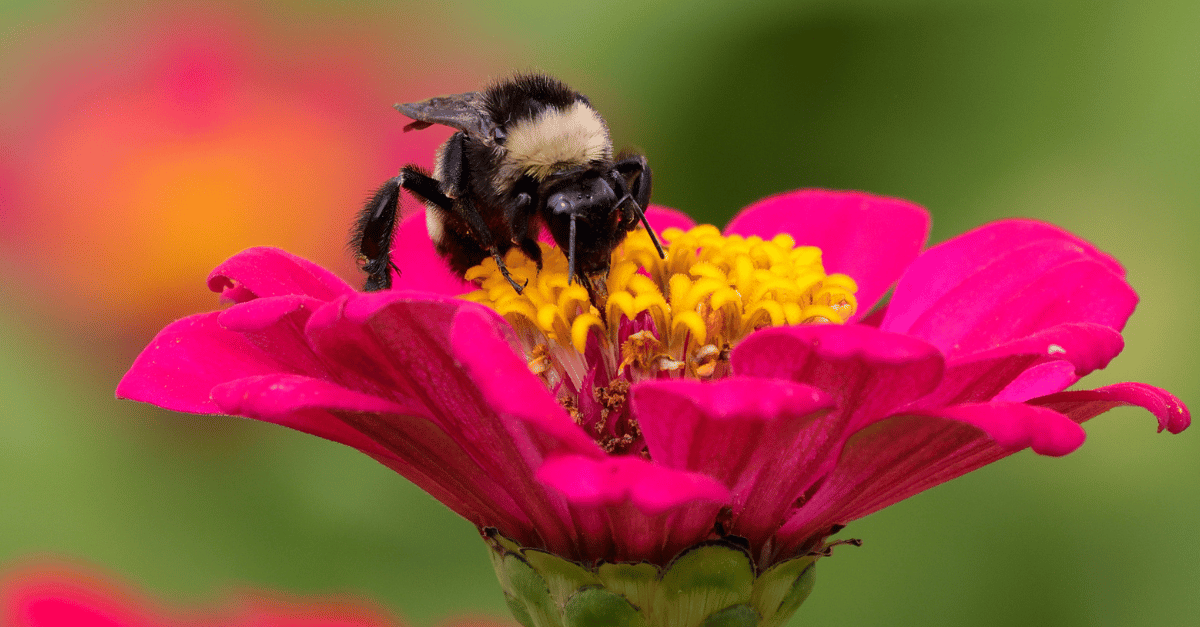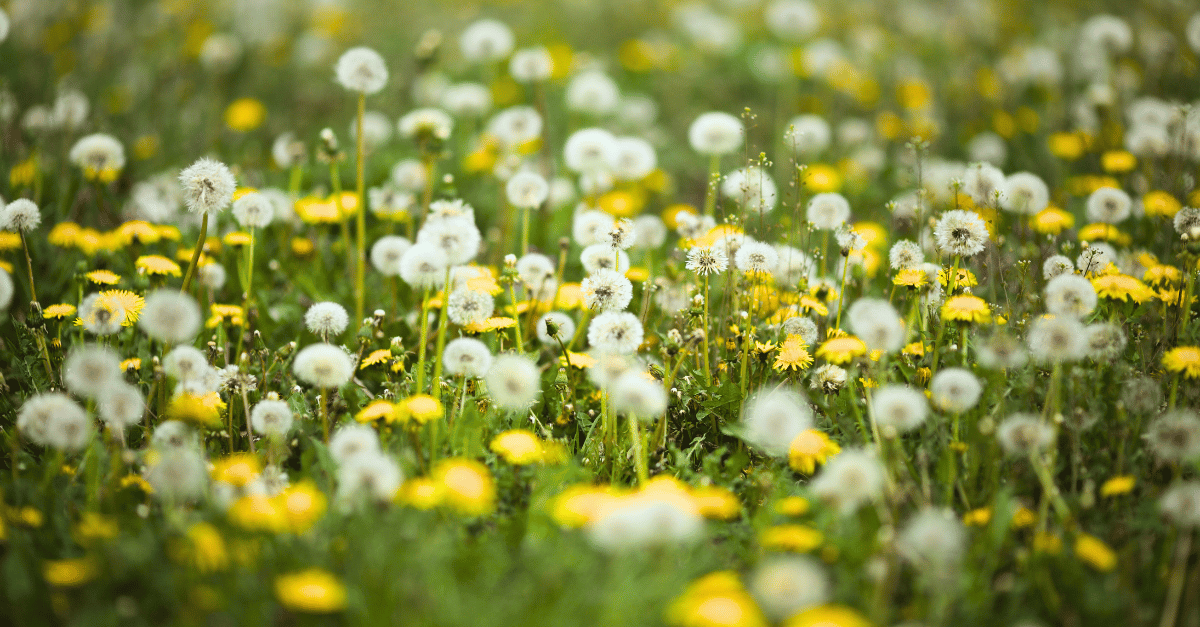
Pollinators: A Guide to Attracting Nature’s Helpers
Pollinators are essential for the health of our ecosystems, and your lawn can play a huge role in supporting these helpers. By making a few simple changes, you can create a welcoming environment for pollinators while enhancing the beauty of your outdoor space.
The Importance of Pollinators
Pollinators, including bees, butterflies, and hummingbirds, are responsible for pollinating many of the plants we rely on for food and habitat. Unfortunately, pollinator populations are facing numerous threats, including habitat loss, pesticide use, and climate change.

Types of Pollinators and What Attracts Them
- Bees
- Honeybees
- Bumblebees
- Solitary bees
- Attracted by:
- Native wildflowers (e.g., Black-Eyed Susans, Coneflowers, Bee Balm)
- Fruit trees (e.g., Apple, Cherry, Peach)
- Herbs (e.g., Lavender, Thyme, Sage)
- Vegetables (e.g., Squash, Cucumber, Tomato)
- Butterflies
- Monarch butterflies
- Swallowtails
- Painted ladies
- Attracted by:
- Milkweed (essential for Monarch butterflies)
- Butterfly Bush
- Lantana
- Verbena
- Moths
- Hawk moths
- Sphinx moths
- Attracted by:
- Night-blooming flowers (e.g., Moonflowers, Evening Primrose)
- Sweet-scented flowers (e.g., Jasmine, Nicotiana)
- Hummingbirds
- Attracted by:
- Tubular flowers (e.g., Trumpet Vine, Cardinal Flower, Fuchsia)
- Brightly colored flowers (especially red, orange, and pink)
- Attracted by:
- Beetles
- Ladybugs
- Certain species of ground beetles
- Attracted by:
- Large, bowl-shaped flowers (e.g., Magnolia, Peony)
- Flowers with strong fragrances (e.g., Roses, Lily)
- Flies
- Hoverflies
- Bee flies
- Attracted by:
- Carrion flowers (e.g., Corpse Flower, Skunk Cabbage)
- Flowers with rotting or fermented scents (e.g., Goldenrod, Wild Parsnip)
- Wasps
- Fig Wasps
- Pollen Wasps
- Only some species, though they are not as efficient as bees
- Attracted by:
- Umbel-shaped flowers (e.g., Queen Anne’s Lace, Dill)
- Flowers with hidden nectar sources (e.g., Blueberry, Raspberry)
- Ants
- Primarily for certain plants with specialized structures
- Attracted by:
- Flowers with extrafloral nectaries (specialized structures outside of the flower) (e.g., Peonies, Milkweed)
- Some species of plants produce seeds with appendages called elaiosomes, which attract ants for seed dispersal.
- Birds
- Sunbirds
- Orioles
- Honeyeaters
- Attracted by:
- Large, showy flowers (e.g., Hibiscus, Bird of Paradise)
- Flowers with prominent perches (e.g., Sunflowers, Coneflowers)
- Bats
- Fruit Bats
- Nectar-feeding Bats
- Long-tongued Bats
- Mostly in tropical regions, where they pollinate certain night-blooming flowers
- Attracted by:
- Large, night-blooming flowers with strong odors (e.g., Agave, Saguaro Cactus)
- White or pale-colored flowers that stand out in the dark
Creating a Pollinator-Friendly Lawn
Start by choosing native plants that are well-suited to your region’s climate and soil conditions. Native plants provide essential food sources for pollinators and require less maintenance than exotic species. Additionally, incorporate a variety of flowering plants to ensure a continuous supply of nectar and pollen throughout the growing season.
Maintain your lawn at the right height to encourage healthy growth and minimize stress on pollinator populations. Avoid overwatering and chemical fertilizers, which can harm pollinators and disrupt the natural balance of your lawn. Instead, opt for natural lawn care methods, such as composting and organic fertilizers, to promote soil health and biodiversity.

Partnering with Lawnhiro
Lawnhiro specializes in providing on-demand lawn care services that free up your time to focus on creating the perfect pollinator haven. From mowing to overgrown lawn rescue, aerating to leaf removal, Lawnhiro is ready to handle whatever you throw at us. Get your free price quote today!







